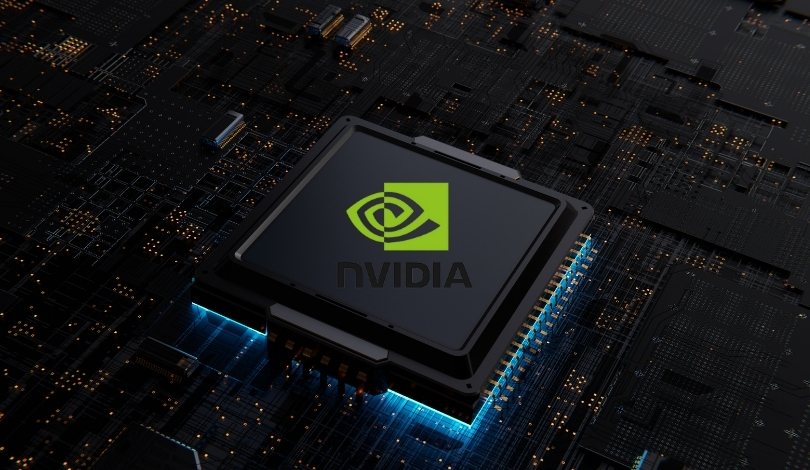The graphics card industry is on the brink of a significant shift, as AMD prepares to launch its new RX 9060 XT. Unlike previous launches hindered by supply issues, this release promises ample availability, which may directly impact Nvidia‘s market position. With demand for graphics cards consistently high among gamers and professionals alike, AMD’s strategy to ensure sufficient stock may offer competitive pricing and sway consumer preferences. This launch is not just about technical specifications; it signifies a potential reshaping of industry dynamics.
Past launches of AMD graphics cards have often faced stock shortages, giving Nvidia an edge in availability and sales. Historically, Nvidia has maintained a stronghold in the market by capitalizing on such supply chain challenges faced by its competitor. However, this upcoming release paints a different picture, as AMD’s assurances of healthy stock levels could diminish Nvidia’s longstanding advantage. Furthermore, AMD’s position has been strengthened by a growing consumer base that frequently takes notice of performance and price-value ratios.
How Will The RX 9060 XT Impact The Market?
The anticipated availability of the RX 9060 XT upon launch could disrupt Nvidia’s market dominance. With its full stock, AMD may attract buyers searching for recommended performance options at lower prices. The RX 9060 XT is expected to boast competitive features that could appeal to enthusiasts and professionals alike, potentially shifting the loyalty of current Nvidia users.
Can AMD’s Strategy Sway Gamers?
AMD’s strategic focus on sufficient stock may indeed persuade gamers who previously leaned towards Nvidia due to availability issues. By ensuring that the RX 9060 XT is readily available, AMD aims to cater directly to the gaming community‘s needs, which could translate into increased sales and market share. This proactive inventory management may play a crucial role in strengthening AMD’s foothold in the competitive landscape.
Will Nvidia Respond With Price Adjustments?
Nvidia might react to AMD’s bold move by reassessing its pricing strategies. In an effort to retain its market share, Nvidia could be compelled to offer competitive pricing or promotions to offset the increased competition posed by AMD. Such actions could benefit consumers who are looking for options that offer the best value for performance.
As the graphics card landscape evolves, the industry could see tangible shifts in consumer behavior and brand loyalty. The increased availability of AMD’s RX 9060 XT highlights the importance of supply chain management in maintaining competitive advantage. AMD’s determination to avoid stock issues could lead to more significant competition in pricing and product offerings, ultimately benefiting the end consumer. With technological advancements progressing at a rapid pace, the competition between AMD and Nvidia is likely to remain intense, spurring further innovations in the field.










